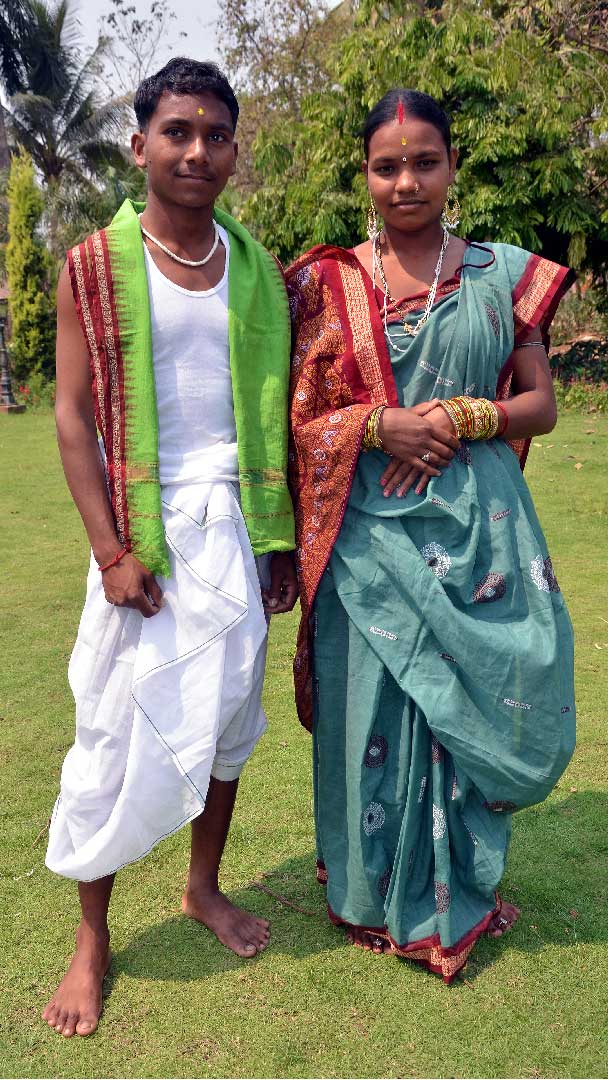TRIBES OF ODISHA
TRIBES OF ODISHA
Dal
Region: Southern and western parts of Balangir and Nuapara
Population*: 25,598
Language: Sambalpuri and Odia
Map: Click Here
Occupation: Basically cultivators, the Dal grow ragi and kodua besides paddy, pulses and seasonal vegetables. Tobacco is grown in kitchen gardens and each family owns a number of Mahua trees, whose seeds are sold to local brewers to supplement the family income. Hunting, brick and tile making and wage labour are other part-time activities.
*Scheduled Tribes Population as per Census 2011 data. PVTGs Population as per Micro Project Survey Data, 2010
Dal
Region: Southern and western parts of Balangir and Nuapara
Population*: 25,598
Language: Sambalpuri and Odia
Map: Click Here
Occupation: Basically cultivators, the Dal grow ragi and kodua besides paddy, pulses and seasonal vegetables. Tobacco is grown in kitchen gardens and each family owns a number of Mahua trees, whose seeds are sold to local brewers to supplement the family income. Hunting, brick and tile making and wage labour are other part-time activities.
*Scheduled Tribes Population as per Census 2011 data. PVTGs Population as per Micro Project Survey Data, 2010
Dal
Region: Southern and western parts of Balangir and Nuapara
Population*: 25,598
Language: Sambalpuri and Odia
Map: Click Here
Occupation: Basically cultivators, the Dal grow ragi and kodua besides paddy, pulses and seasonal vegetables. Tobacco is grown in kitchen gardens and each family owns a number of Mahua trees, whose seeds are sold to local brewers to supplement the family income. Hunting, brick and tile making and wage labour are other part-time activities.
*Scheduled Tribes Population as per Census 2011 data. PVTGs Population as per Micro Project Survey Data, 2010
Dal
Region: Southern and western parts of Balangir and Nuapara
Population*: 25,598
Language: Sambalpuri and Odia
Map: Click Here
Occupation: Basically cultivators, the Dal grow ragi and kodua besides paddy, pulses and seasonal vegetables. Tobacco is grown in kitchen gardens and each family owns a number of Mahua trees, whose seeds are sold to local brewers to supplement the family income. Hunting, brick and tile making and wage labour are other part-time activities.
*Scheduled Tribes Population as per Census 2011 data. PVTGs Population as per Micro Project Survey Data, 2010
PVTG Communities
62 Scheduled Tribes
PVTG Communities
62 Scheduled Tribes
PVTG Communities
62 Scheduled Tribes





